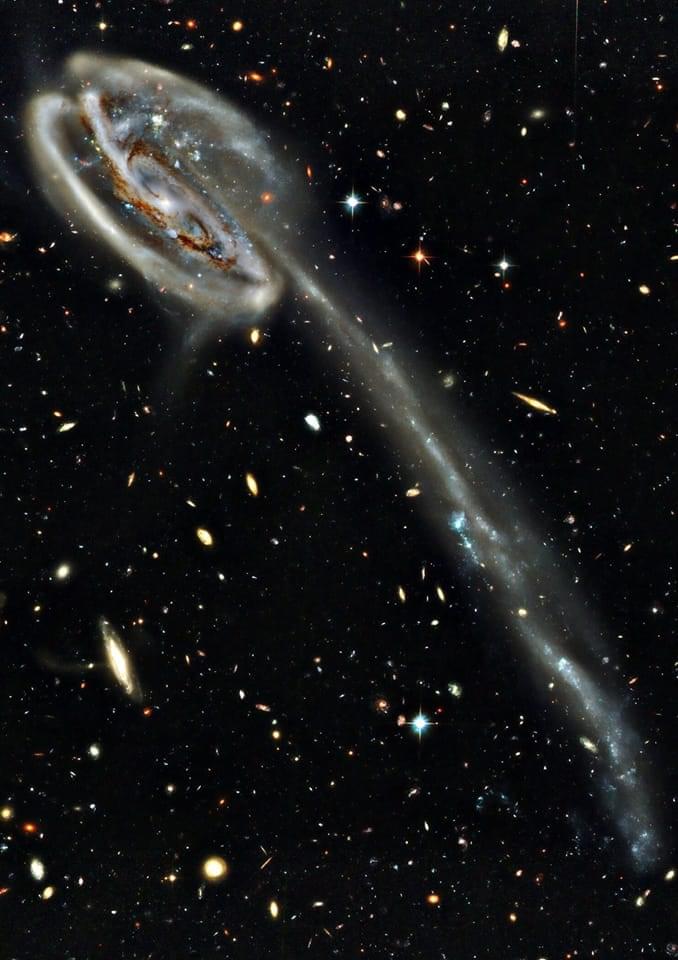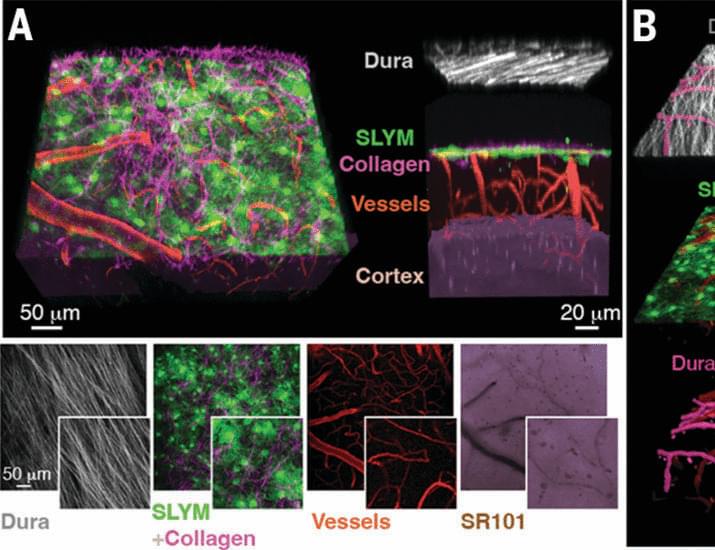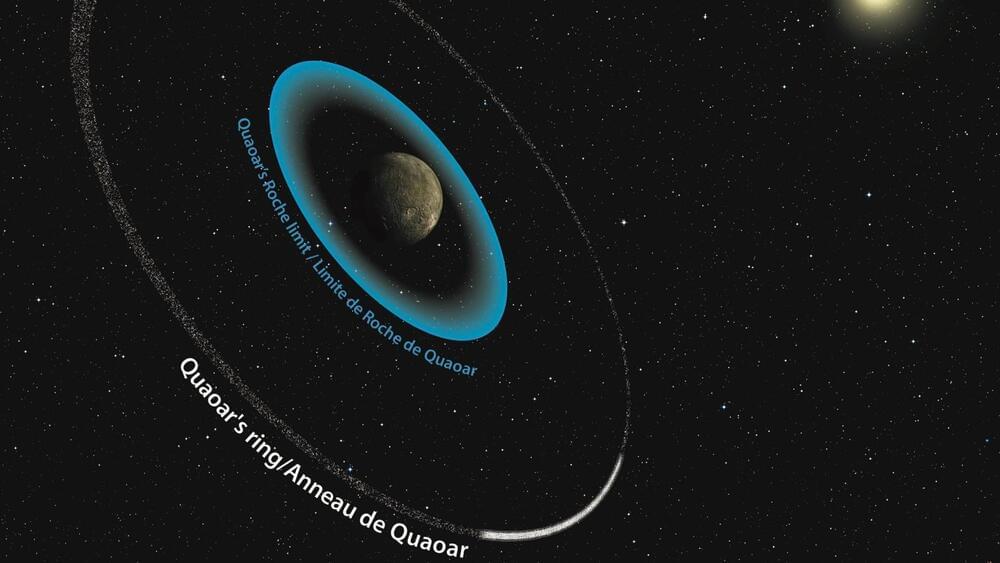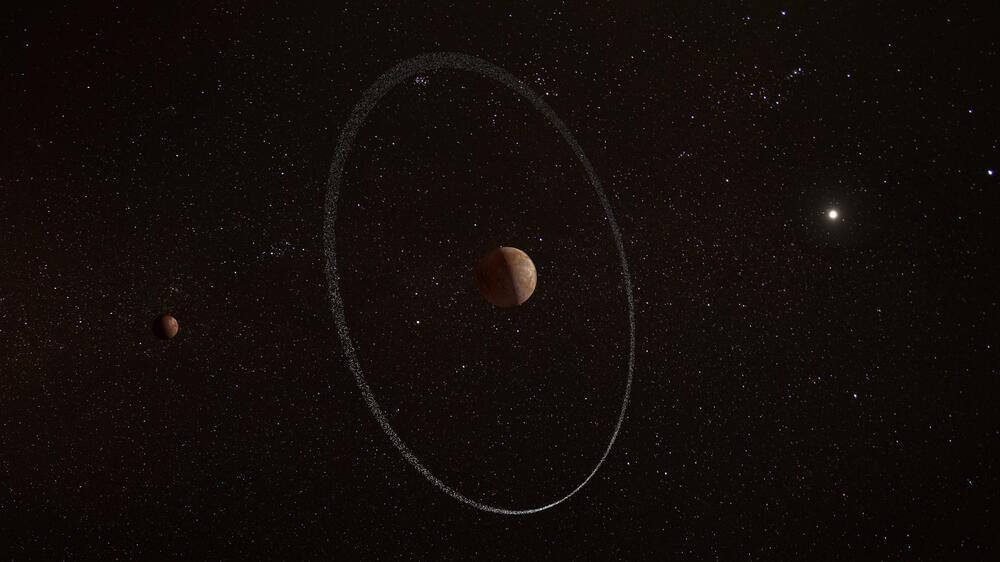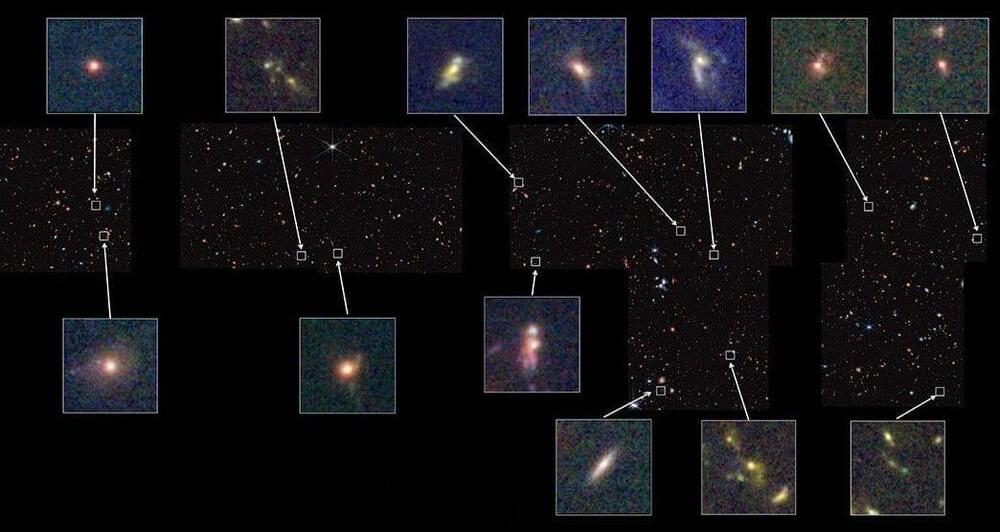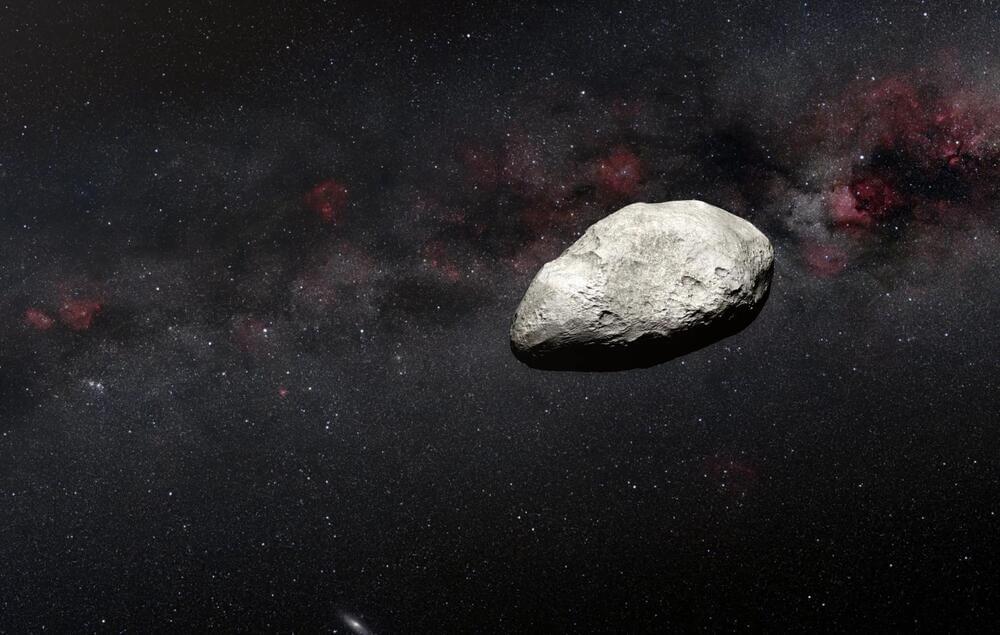On September 24, 2023, the sample return capsule will detach from the spacecraft, perform an entry, descent and landing sequence, and touch down in the Utah desert.
Thanks to our contribution to the mission, Canada will receive a portion of the asteroid material!

